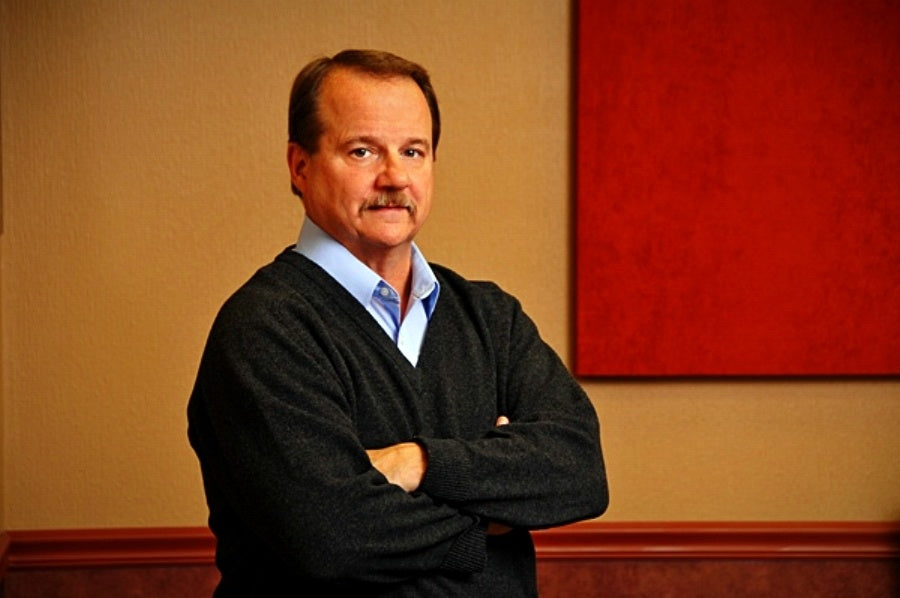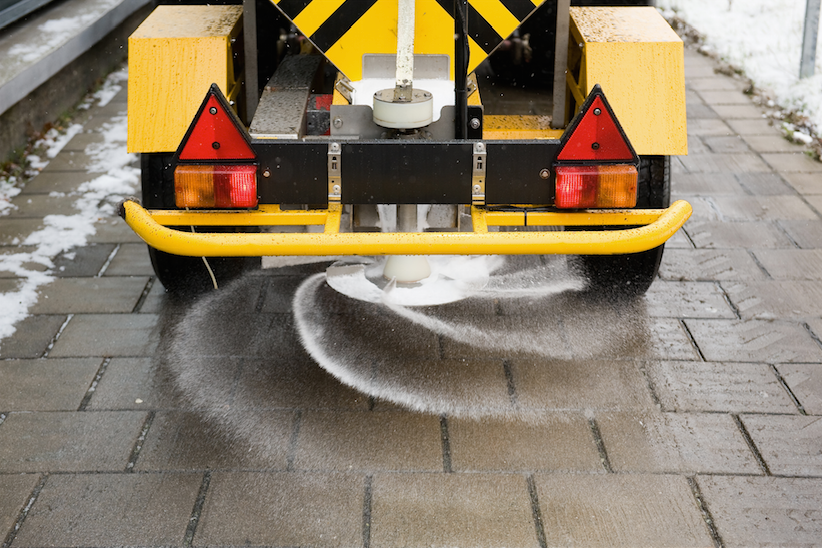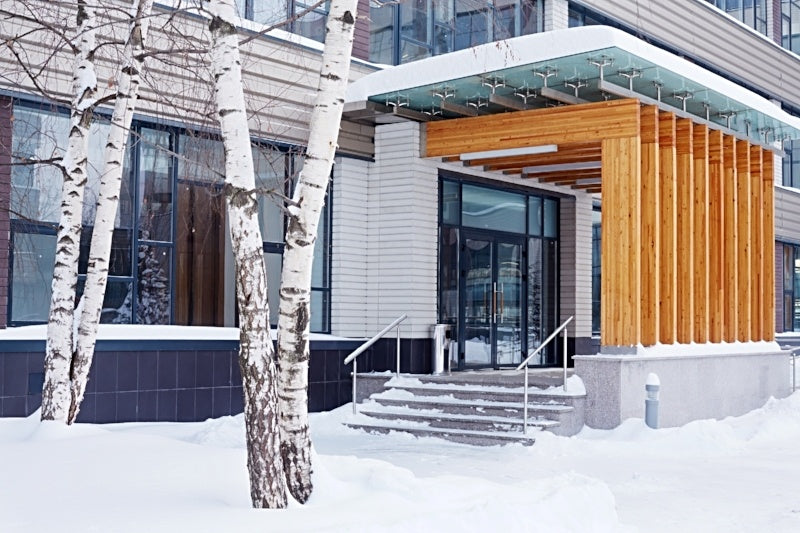
In this interview, you’ll learn all about John Allin, founder of SIMA, key player in the founding of ASCA, expert witness, and overall big name in the snow and ice removal industry.
HeatTrak: Share with us briefly how long you’ve been in the snow and ice industry? How did you get started?
John: I began plowing snow in my father’s business in northern NJ back in the late 60’s. I left New Jersey in 1971 to go to Erie, PA to attend college. I got married in 1974 and my first child was coming shortly thereafter. I needed money. It snows upwards of 350 inches (8.89 m) of snow each winter in Erie. So I purchased a 4-Wheel Drive Bronco, put a plow on it, distributed flyers in the neighborhood and obtained residential snow plowing accounts.
In 1982, I quit my sales job to pursue snow and ice management full time. In 1984, we started doing landscape maintenance so as to keep the winter guys busy in summer – so they would come back each winter. From there, we grew steadily over the next 25 years.
HeatTrak: You have a consulting business called, John Allin Consulting, Inc. How do you help professionals in the ice and snow management space?
John: Because of how much snow we get in Erie, PA each winter, I get to practice what I do much more than most. It also means I get to foul up more often than others who plow snow in areas where there is less snow. So I tell my consulting clients that my job is to help them avoid the landmines that come with growth initiatives. And I’ve stepped on ‘em all – in fact, I’ve stomped on some. We provide an outlet for owners and high level managers to get them to “see” what growth issues will follow them. I’ve seen most everything that can go wrong – and my clients get to benefit from my screw-ups.
HeatTrak: You’re the founder of the Snow & Ice Management Association (SIMA), and played a key role in the formation of the Accredited Snow Contractors Association (ASCA). How has the formation of these organizations changed the shape of the snow and ice industry?
John: We formed SIMA so we (the 8 of us who were there in the basement of my home in June 1996) could become better businessmen. From there, we (and those who joined us on that journey) became more sophisticated business owners. Moving snow was easy for all of us. Running our companies like true profit centers took some education – and we learned from each other in the early days. After a while, we learned from other professionals (accounting types, management types, etc.). 1996 saw the beginnings of “professionalism” in the niche market that is snow and ice management. ASCA has taken this a step further by pioneering snow industry written standards, ISO certification and legislative change.
HeatTrak: As an expert witness, what are some important points businesses need to consider this winter to prevent slip and fall lawsuits?
John: Establish a “system” and follow it. Style those systems around the available written standards, follow the “standards” and you will provide a safer environment for those who drive or walk on sites we maintain. Anyone can plow snow – it’s not rocket science. But, being a “risk manager” is more difficult and takes more business acumen. And, make no mistake – we (those who move snow and mitigate ice) are no longer “plow jockeys”. We truly ARE risk managers now.
HeatTrak: When a facility manager is developing a snow response plan for their property what are the top concerns to address and elements to include?
John: Priorities need to be established and followed. Documenting every action taken on a site is (now) mandatory to protect all from liability exposure. Train folks to do the job right, hold them accountable, and then get out of the way and let it happen.
HeatTrak: Lastly, how can businesses and facility managers make sure all their gaps are covered in case of employee injuries?
John: Test the system – often. Let an outsider review the plan and point to the holes that will likely be apparent. Too often, those who set the plan are too close to the process to readily see the gaps and/or holes. Too many times it takes something to “go wrong” to show up a weakness. Get an outsider (with experience) to take a looksee at what is being done. And, if you outsource the work to an independent service provider who is a professional in the snow management business – properly vet the contractor and then let them advise you as to how best to keep the site safe. This is their living. They are NOT people who cannot find real jobs. They should be professionals who are constantly educating themselves and their employees as to what advances are occurring in the industry.
HeatTrak: Thank you, John, for sharing your story and advice with us!


